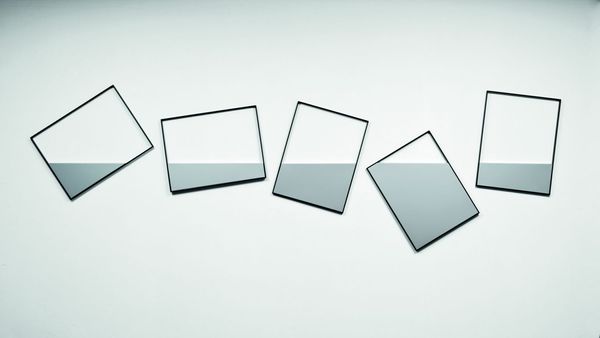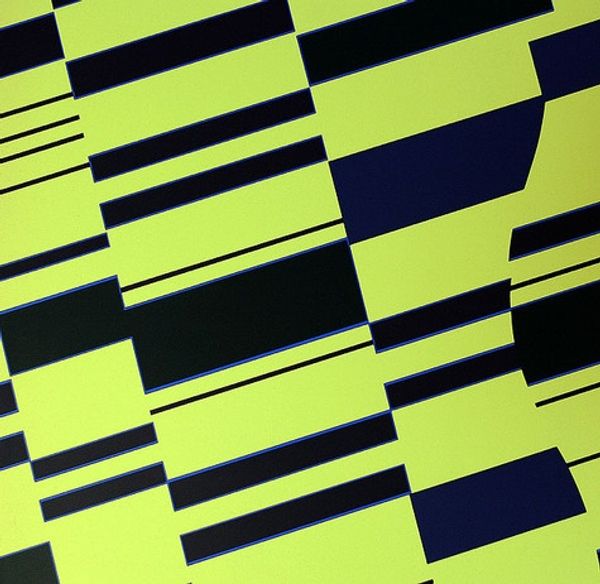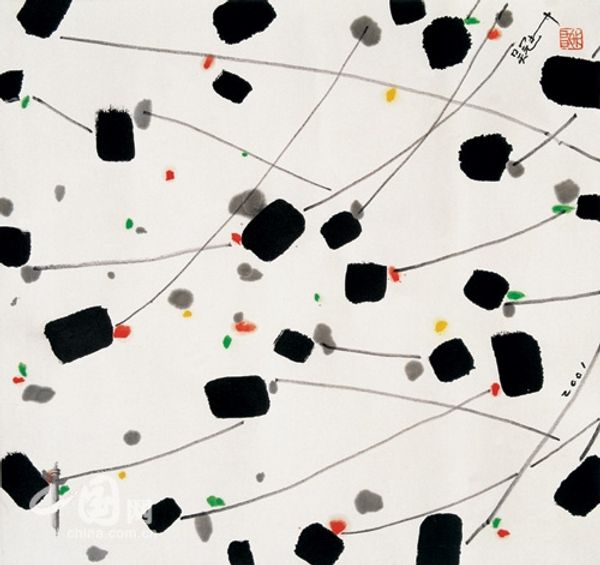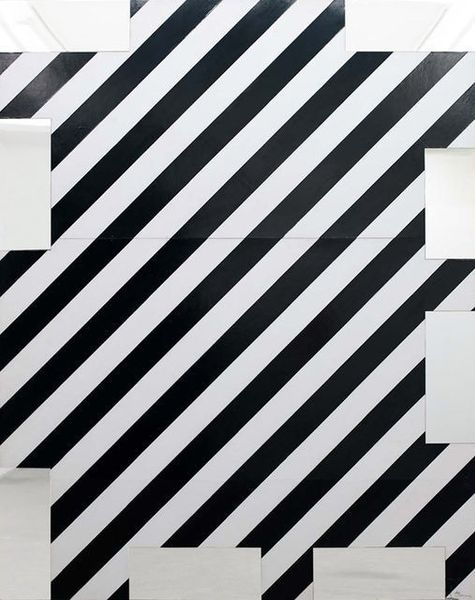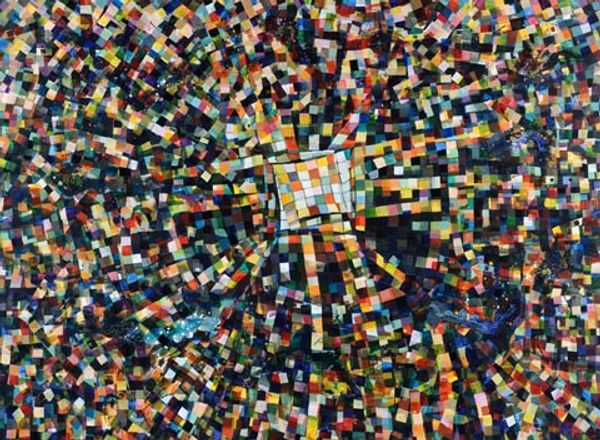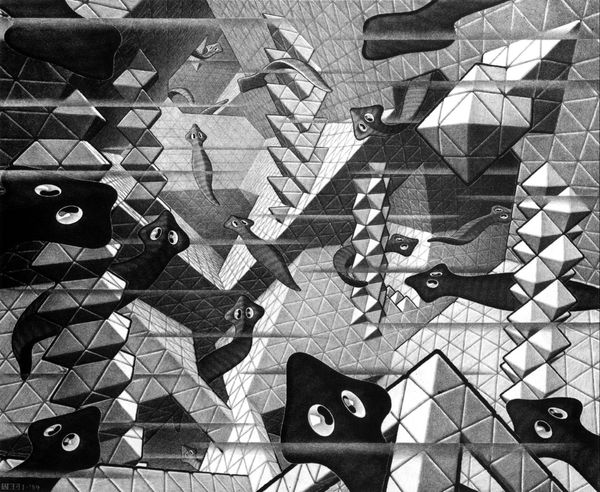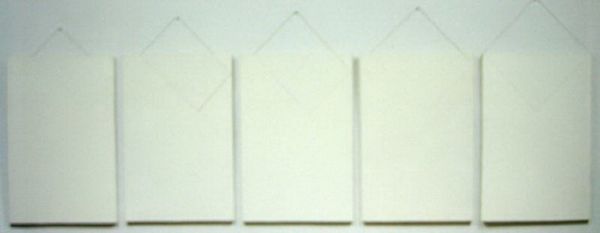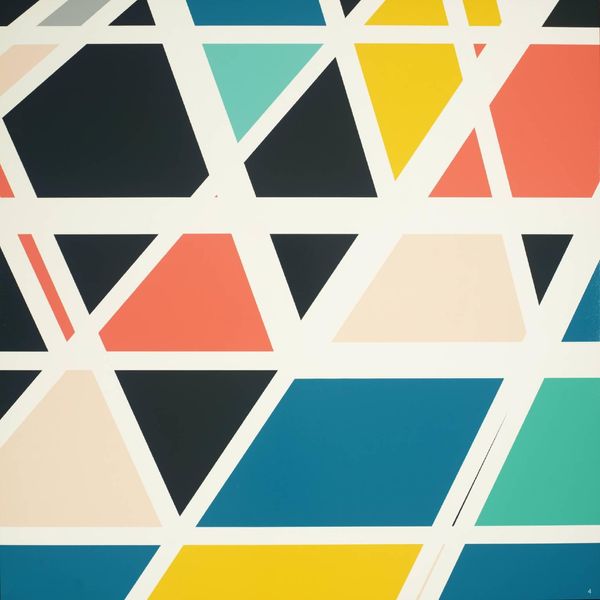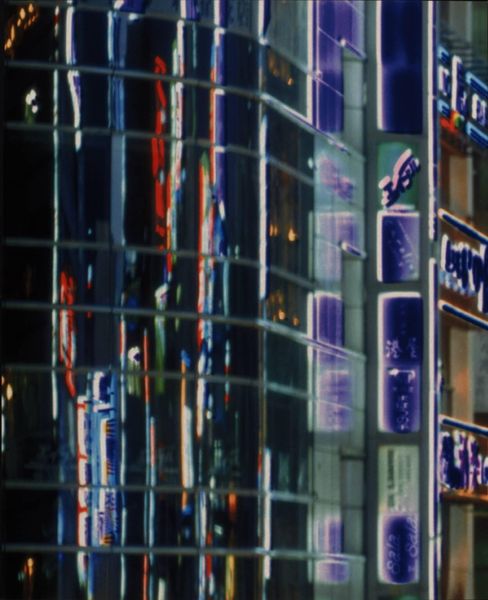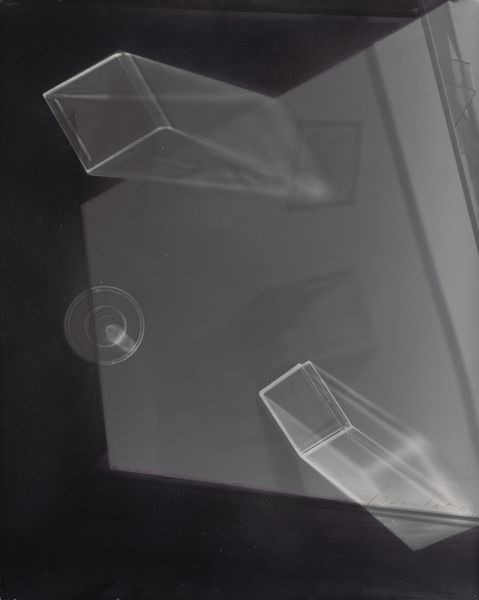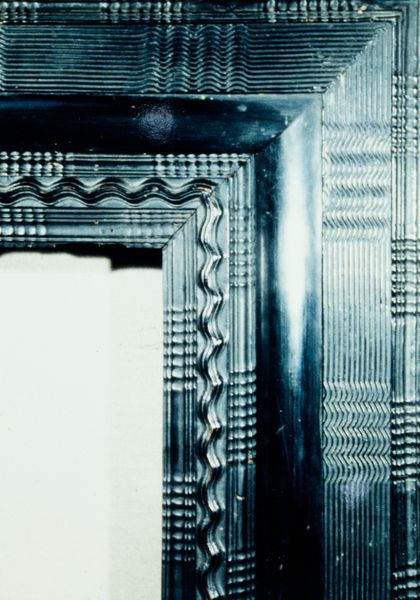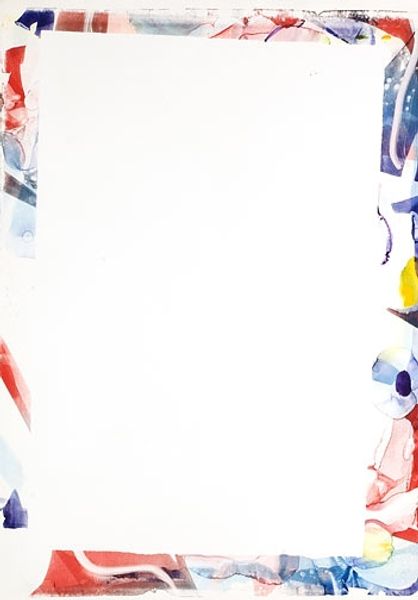
Copyright: Alfredo Jaar,Fair Use
Curator: Let's discuss Alfredo Jaar's impactful installation, "The Rwanda Project: The Eyes of Gutete Emerita," created in 1996. He primarily worked with mixed media incorporating photography to construct this complex and moving piece. Editor: My first impression? It's overwhelming. All these slides, layered, obscuring, then piercing through – it feels like sifting through shattered memories, trying to grasp a single, stark truth. Curator: Precisely. Jaar is deliberately using the very act of seeing, and our difficulty in seeing, to address the West's response, or lack thereof, to the Rwandan genocide. The mass of photographic slides symbolizes the overabundance of images, and yet, a failure to truly comprehend the human tragedy. Editor: So the material—literally, the medium—becomes the message? The sheer volume of slides…is it meant to paralyze? To induce a sort of…compassion fatigue? Curator: In a way, yes. But there's also a focal point. The piece incorporates appropriated images of Gutete Emerita’s eyes. This personal detail brings the scale of suffering down to a human level. Editor: Ah, I see them now. Piercing, haunting…almost lost in the visual noise. They're there, accusing. Like we averted our gaze, then and now. Curator: Indeed. It pushes us to consider our role in global events and the limitations of representation. Think about the economic system in place where this was possible... the manufacturing and availability of film and the cameras themselves. Who benefits from this access and visibility, and who doesn't? Editor: So the accessibility of this material is a point? Curator: It underscores the ethical quandaries involved in documenting suffering, particularly in postcolonial contexts, asking the viewers to consider our own complicity. It urges us to resist indifference. Editor: This artwork challenges the commodification of images and confronts the voyeuristic tendencies inherent in consuming distant suffering. That one set of eyes. The memory of a single face representing all faces...It’s a call to remember what we so easily forget, isn't it? Curator: Exactly. It's a heavy work that underscores both the power and the inadequacy of art when confronted with extreme violence and injustice.
Comments
No comments
Be the first to comment and join the conversation on the ultimate creative platform.
